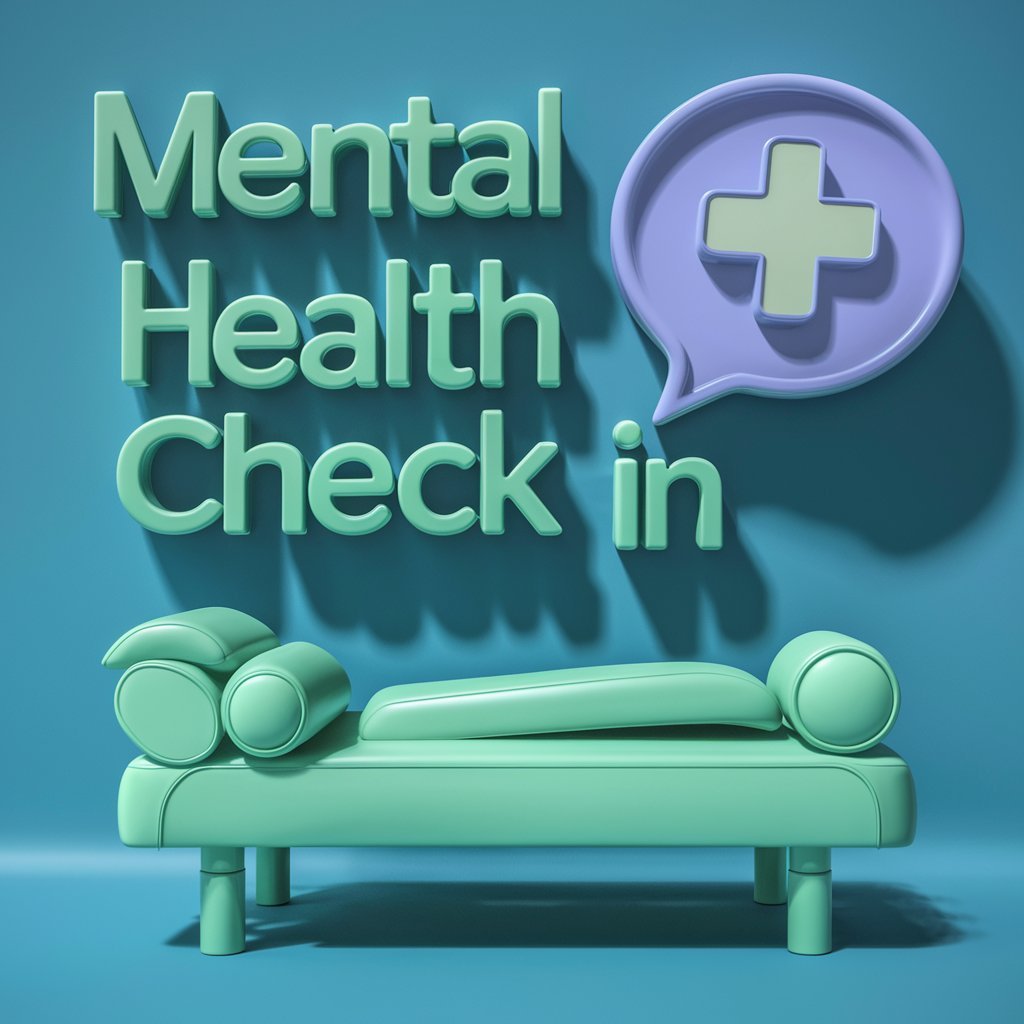Ensuring your personal safety is of utmost importance in today’s world. Having a safety plan in place can help you feel more prepared and confident in any situation. Here are some steps to create a safety plan that will help protect you in different scenarios:
1. Assess Your Environment
The first step in creating a safety plan is to assess your environment. Take a close look at your surroundings and identify any potential risks or threats that could pose a danger to your safety. This could include unsafe areas, potential hazards, or suspicious individuals.
2. Identify Your Support Network
Having a support network in place can be crucial in maintaining your personal security. Identify friends, family members, or neighbors who can help you in case of an emergency. Make sure they are aware of your safety plan and know how to contact you in case of an emergency.
3. Plan Your Escape Routes
One of the most important aspects of a safety plan is planning your escape routes. Know how to exit your home, workplace, or any other location quickly and safely in case of an emergency. Practice these routes regularly so you can react swiftly in a crisis.
4. Establish Communication Protocols
Communication is key in any emergency situation. Ensure you have a way to communicate with your support network, emergency services, or other relevant authorities in case of an emergency. This could include having a charged phone, emergency contacts saved, or a plan for how to reach help.
5. Learn Self-Defense Techniques
Being able to defend yourself can be an important aspect of personal security. Consider taking self-defense classes to learn essential techniques that can help you protect yourself in dangerous situations. Practice these techniques regularly to ensure you can react instinctively when needed.
6. Stay Informed and Aware
Knowledge is power when it comes to personal security. Stay informed about potential threats in your area, current safety protocols, and how to react in different emergency scenarios. Being aware of your surroundings and staying vigilant can help you avoid dangerous situations.
Conclusion
Creating a safety plan is an essential step in ensuring your personal security in any situation. By following these steps and being proactive about your safety, you can feel more prepared and confident in facing unexpected challenges. Remember, personal security is a priority, and having a safety plan in place can help protect you and your loved ones.
FAQs
1. Why is it important to have a safety plan?
Having a safety plan is important because it helps you prepare for potential risks and emergencies. It provides a roadmap for how to react in different situations, ensuring that you can protect yourself and those around you.
2. How often should I review and update my safety plan?
It’s important to review and update your safety plan regularly to ensure it remains relevant and effective. Consider reviewing your plan at least once a year, or whenever there are significant changes in your environment or circumstances that could impact your personal security.





